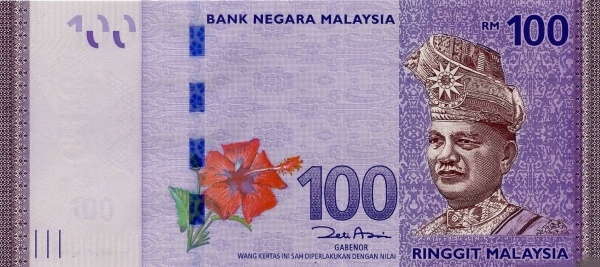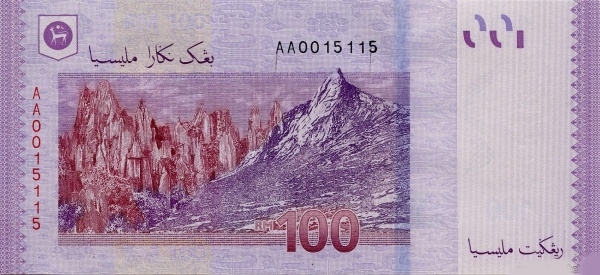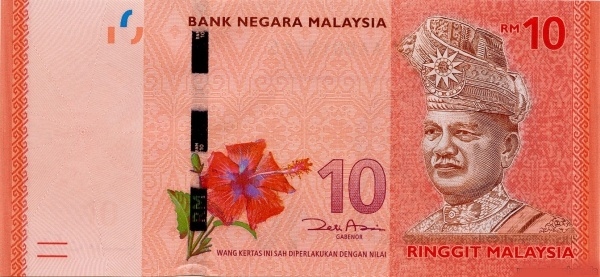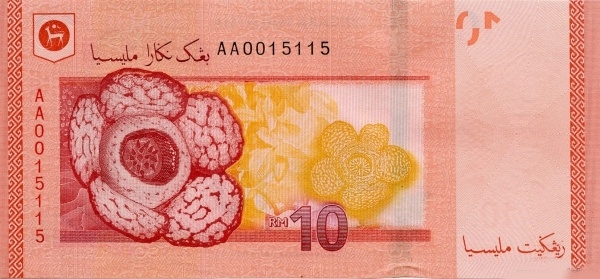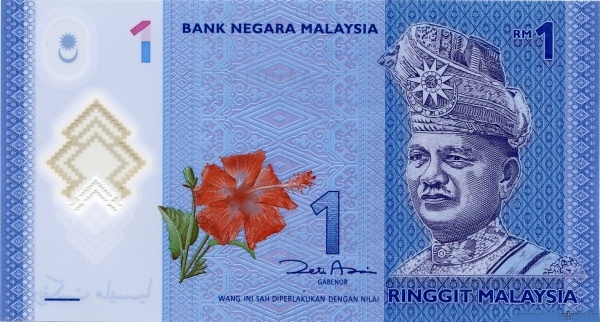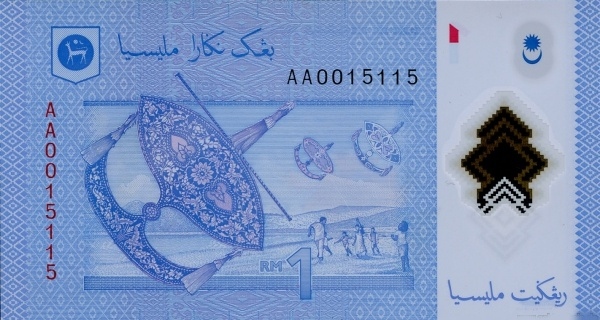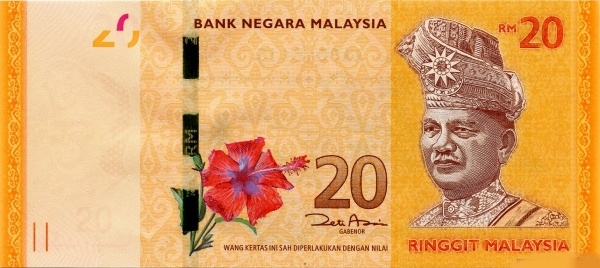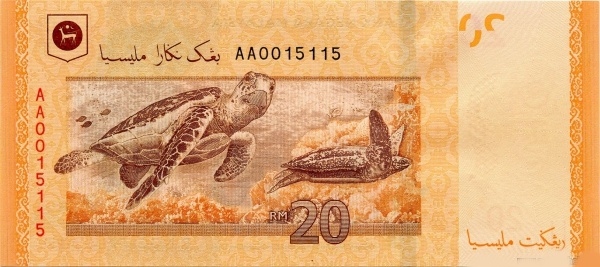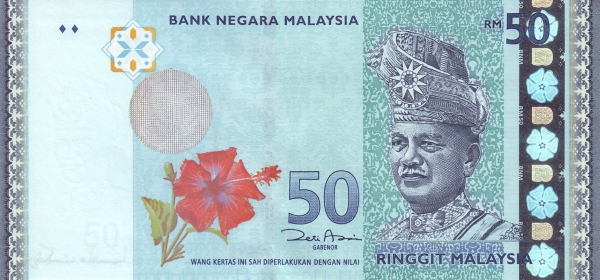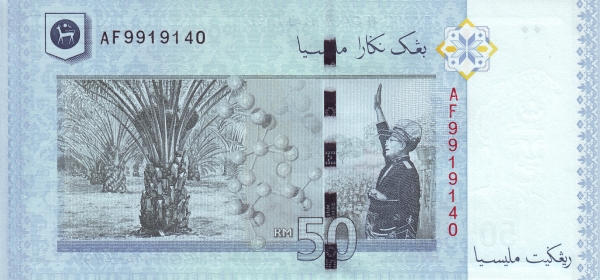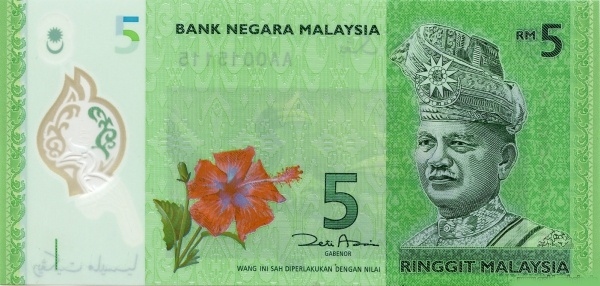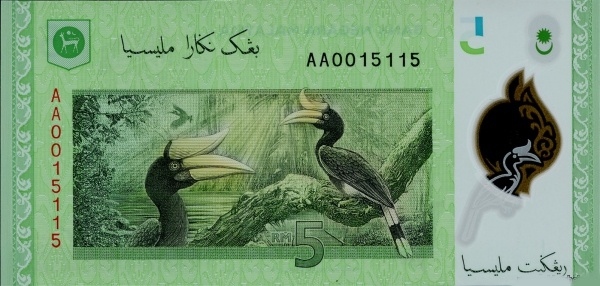Discover Malaysia: A Brief Overview
Malaysia, a stunning country located in Southeast Asia, formerly carried the name British Malaya and later became known as the Federation of Malaya. This vibrant nation consists of two major geographical regions, distinctly separated by the South China Sea. To the west lies Peninsular Malaysia, which borders Thailand in the north and Singapore in the south. On the other hand, Malaysian Borneo, situated in the northern part of Borneo Island, boasts a rugged landscape that enhances its natural allure. This island is not only the third largest in the world but also part of the Malay Archipelago, specifically the Greater Sunda Islands. So, what makes Malaysia so unique? Let’s dive in!
Geographical Wonders of Malaysia
Malaysian Borneo shares its borders with Indonesia and surrounds the Sultanate of Brunei, while also having maritime boundaries with the Philippines and Vietnam. Covering a total area of approximately 329,847 km², Malaysia is slightly larger than Norway and somewhat bigger than the U.S. state of New Mexico. A remarkable feature of Malaysia is Mount Kinabalu, reaching a height of 4,095 meters in Sabah state on Borneo Island. This majestic mountain, along with the surrounding Kinabalu Park, has earned recognition as a UNESCO World Heritage Site. Furthermore, the country presents a diverse range of geographical and ecological features, including beautiful beaches, dense jungles, and extensive wildlife.
A Population of Diversity
As of 2024, Malaysia hosts a burgeoning population of approximately 34.1 million people. Kuala Lumpur, the largest city and the nation's capital, serves as a vibrant hub for culture and commerce. What truly sets Malaysia apart is its multi-ethnic society, comprising 64% Bumiputera (Malays at 53% and other indigenous groups at 11%), 21% ethnic Chinese, 6% ethnic Indians, and 10% foreigners. This diversity enriches the culture and daily life in Malaysia, making it a fascinating destination.
Language and Religion
In terms of language, Malay remains the official tongue, while English, Tamil, and Cantonese Chinese are widely spoken. Religion plays a significant role in Malaysian society, with Islam being the official faith. Approximately 63% of the populace practices Sunni Islam, while other religions such as Buddhism and Hinduism contribute to the country’s rich tapestry.
The Historical Background of Malaysia
Malaysia stands as a multi-ethnic, multi-religious nation and ranks among the wealthiest and more developed countries in the region. When it became independent on August 31, 1957, Malaysia marked a significant turning point in its history. Then on September 16, 1963, Malaysia expanded to include Singapore, Sabah (formerly known as British North Borneo), and Sarawak, adopting the name "Malaysia" officially. However, it’s worth noting that Singapore left the federation on August 9, 1965, but the country has continued to flourish.
Political Structure of Malaysia
Malaysia operates under a federation comprising 13 states and three federal territories, forming a unique political landscape. The political system is a constitutional monarchy influenced by the British Westminster model. Interestingly, nine of these states, referred to as the Malay States, have traditional Malay rulers known as sultans who govern constitutionally. The head of state, primarily the sultan (king), changes every five years, selected from the group of the nine Sultanate rulers based on a rotation system. This arrangement adds a historical layer to Malaysia's modern governance.
The Cabinet and Executive Power
The executive authority in Malaysia rests with the cabinet, which is led by the prime minister—the head of government. This structured approach ensures that the government operates effectively while representing the diverse interests of the Malaysian populace. Consequently, the political dynamics in Malaysia reflect its intricate history and rich cultural heritage.
The Economy of Malaysia
Economically, Malaysia benefits from a mixture of various sectors, including manufacturing, services, and agriculture. Notably, it is a leading exporter of palm oil and rubber, which bolsters its economy significantly. Furthermore, the country has developed thriving industries, such as electronics and tourism, contributing to its status as one of Southeast Asia's wealthiest nations. The strategic location of Malaysia also facilitates international trade, making it a crucial player in the global economy.
Natural Attractions
Beyond its economic prowess, Malaysia captivates visitors with its breathtaking natural attractions. The country is home to numerous national parks and reserves, protecting diverse flora and fauna. Notable areas include the pristine beaches of Langkawi, the rainforests of Sarawak and Sabah, and the idyllic islands like Perhentian and Tioman. These enchanting landscapes invite adventure and relaxation, showcasing the natural beauty that Malaysia has to offer.
Cultural Heritage and Festivals
The cultural heritage of Malaysia is equally impressive, featuring a blend of customs and traditions from its various ethnic groups. This diversity manifests in vibrant festivals, such as Hari Raya Aidilfitri, Chinese New Year, and Deepavali, celebrating the rich mix of religions and cultures. Each festival brings its own unique flavors, colors, and joyous spirit, showcasing the unity in diversity that defines Malaysia.
Tourism in Malaysia
Tourism significantly contributes to Malaysia's wealth, attracting millions of visitors each year. Tourists flock to experience the dynamic cities, serene landscapes, and rich cultural tapestry. The iconic Petronas Twin Towers in Kuala Lumpur, the historical sites in Malacca, and the lush rainforests of Borneo draw travelers from all around the globe. As a result, Malaysia has emerged as a top destination for those seeking both adventure and cultural immersion.
Conclusion
In summary, Malaysia stands out as a remarkable country, blending natural wonders, rich history, and vibrant culture. With a wealth of experiences waiting to be explored, it beckons adventurers, culture enthusiasts, and nature lovers alike. Indeed, as one delves deeper into this fascinating destination, Malaysia unfolds like a treasure chest filled with stories, landscapes, and flavors that leave an indelible mark on every visitor's heart.
Largest cities of: Malaysia
| City Name | Population | Year of foundation | |
| Kuala Lumpur | 1,796,000 | 1857 | |
| George Town | 738,000 | 1786 | |
| Ipoh | 676,000 | 1786 | |
| Shah Alam | 655,000 | 1963 | |
| Malacca City | 502,000 | 1400 | |
| Kota Kinabalu | 500,000 | 1882 | |
| Johor Bahru | 497,000 | 1855 | |
| Kuching | 400,000 | 1827 |
Malaysia: Money
